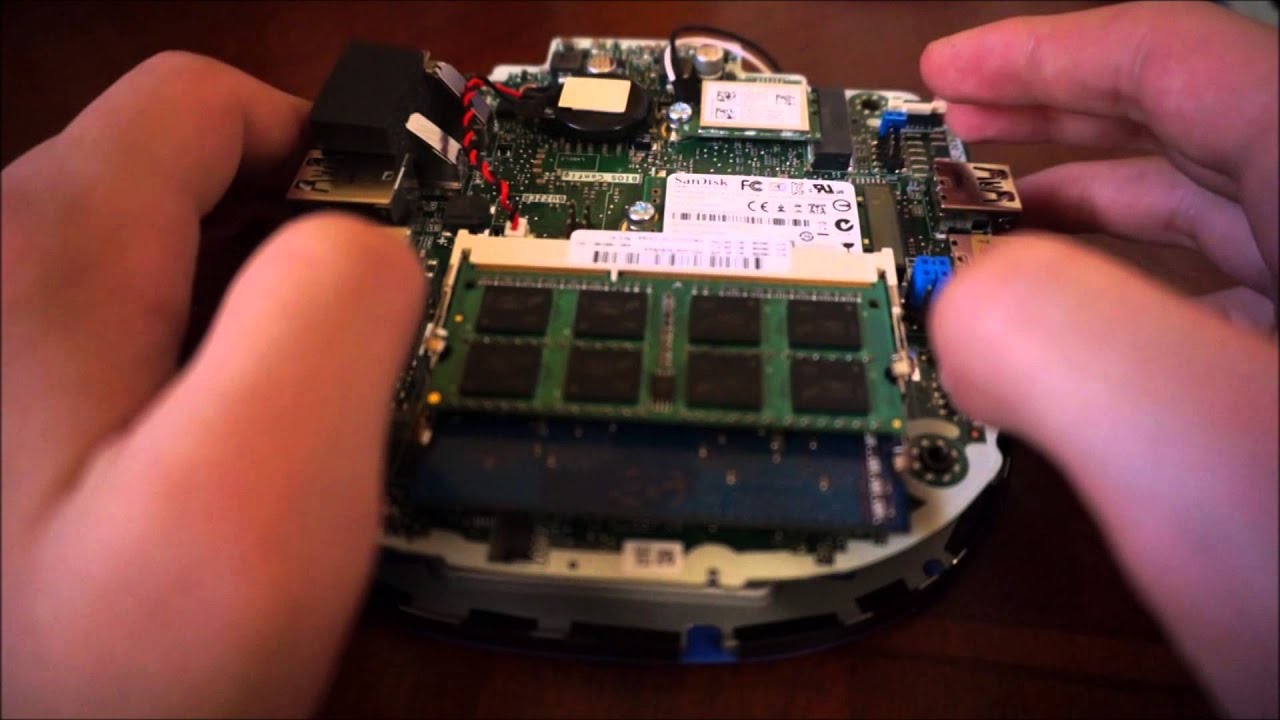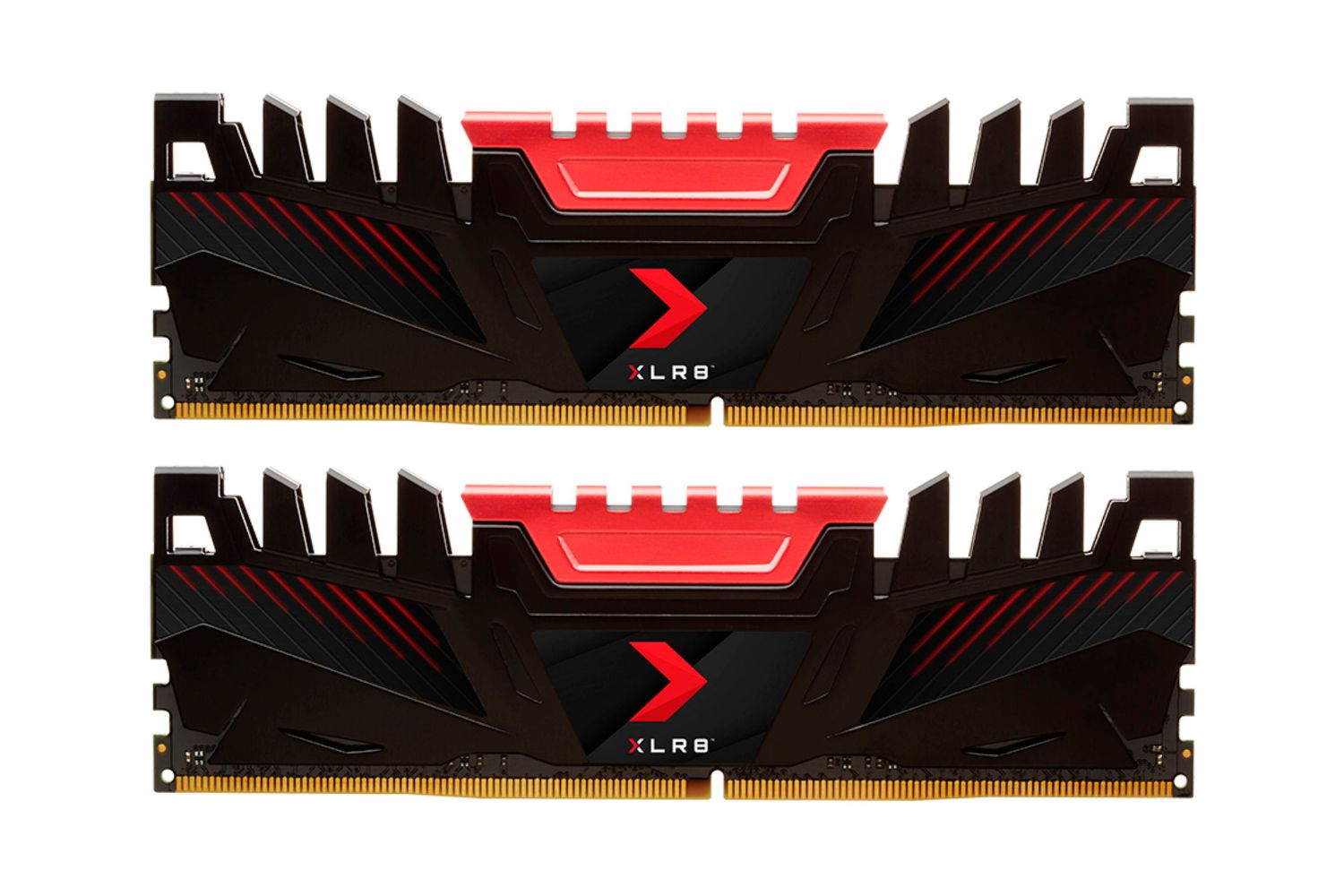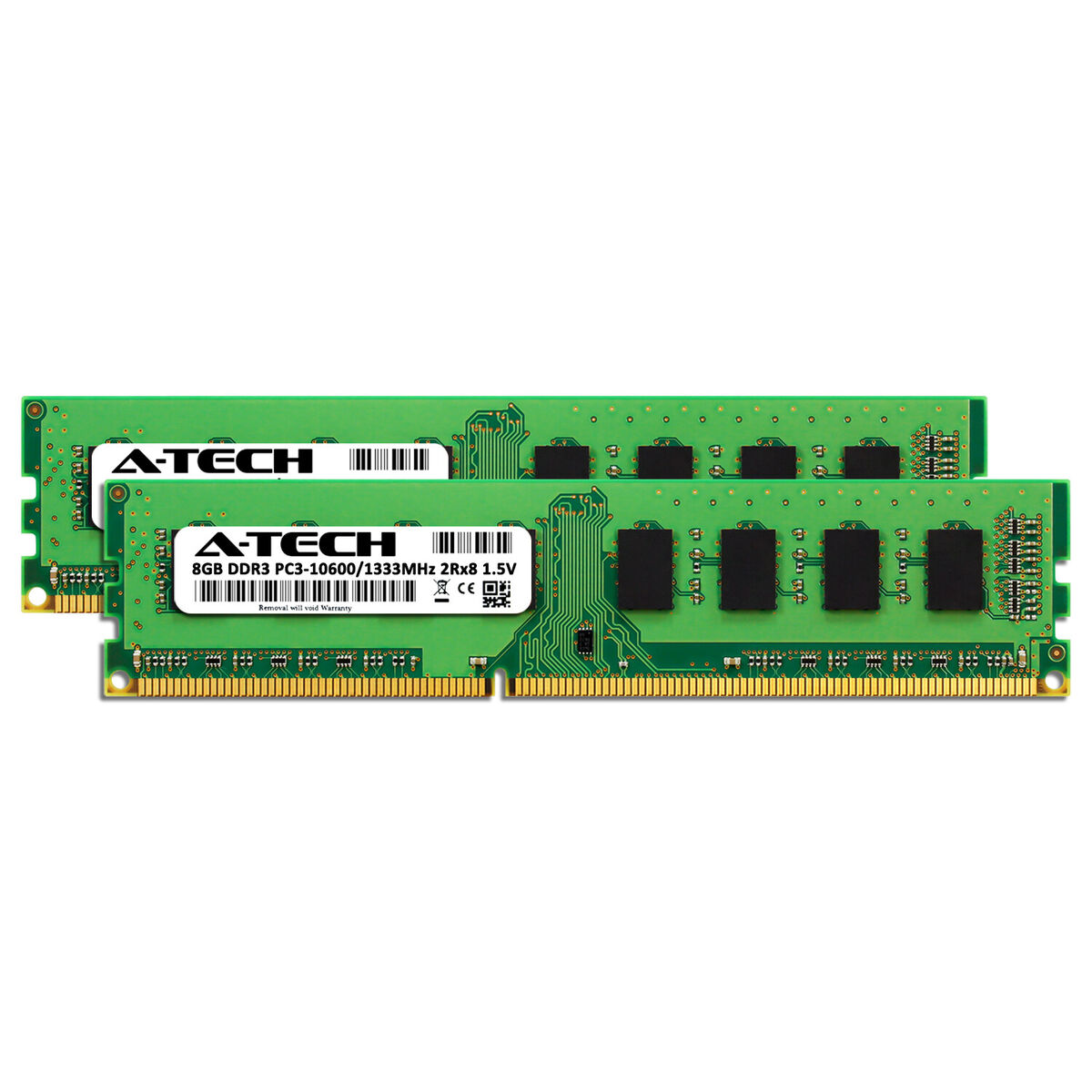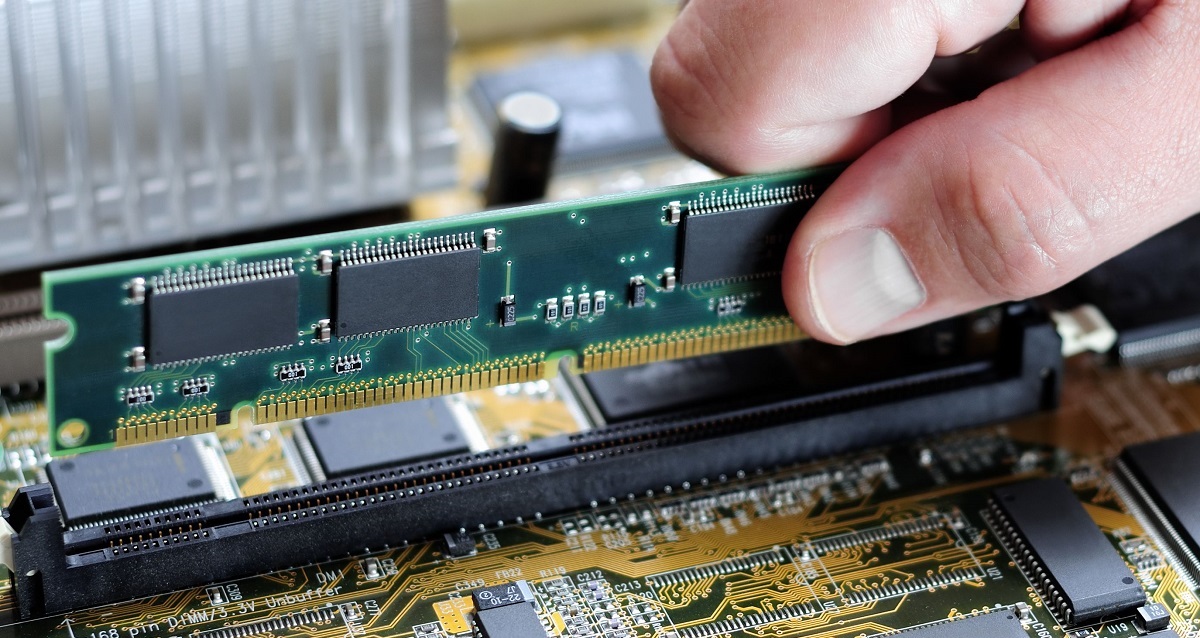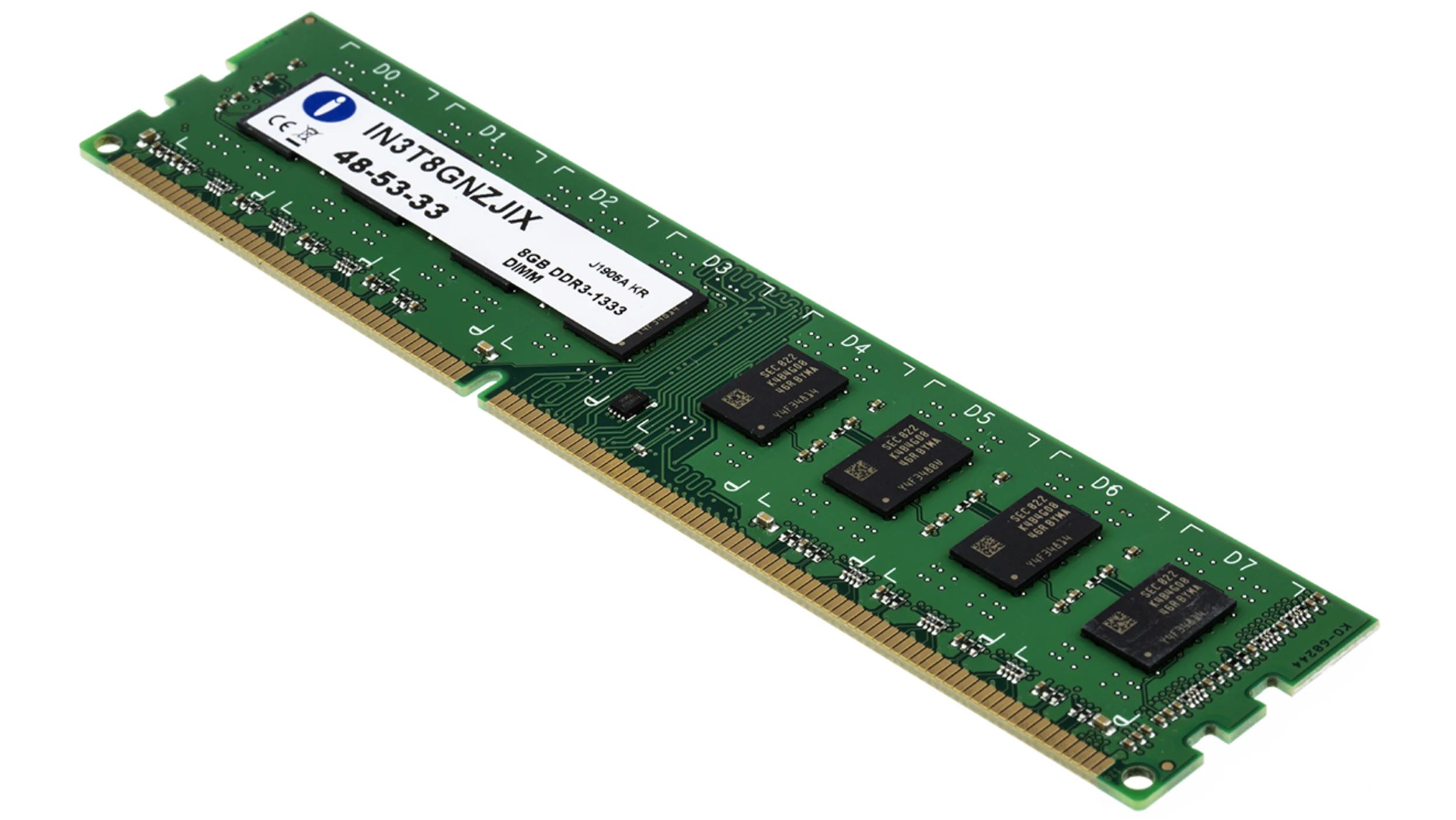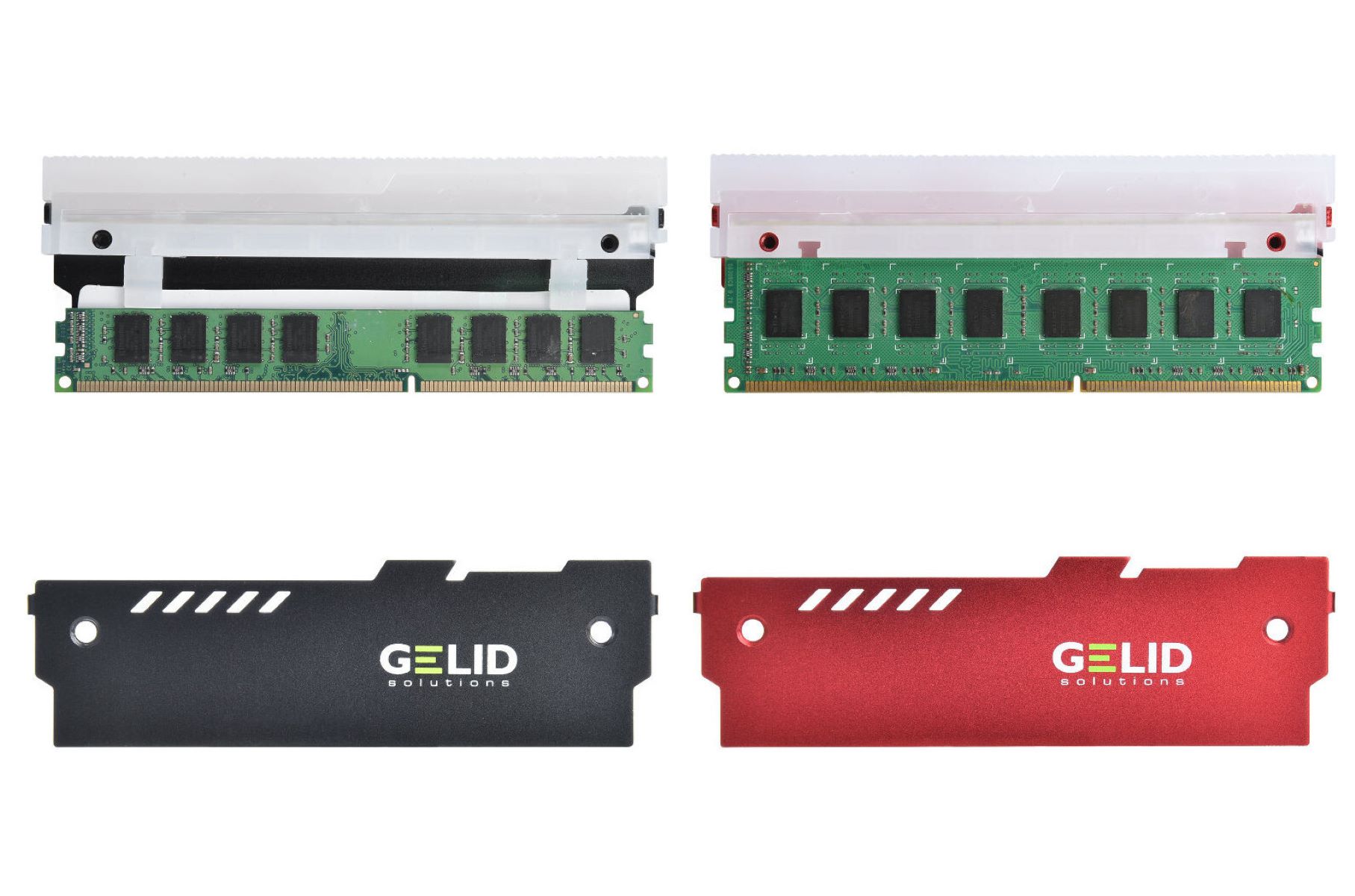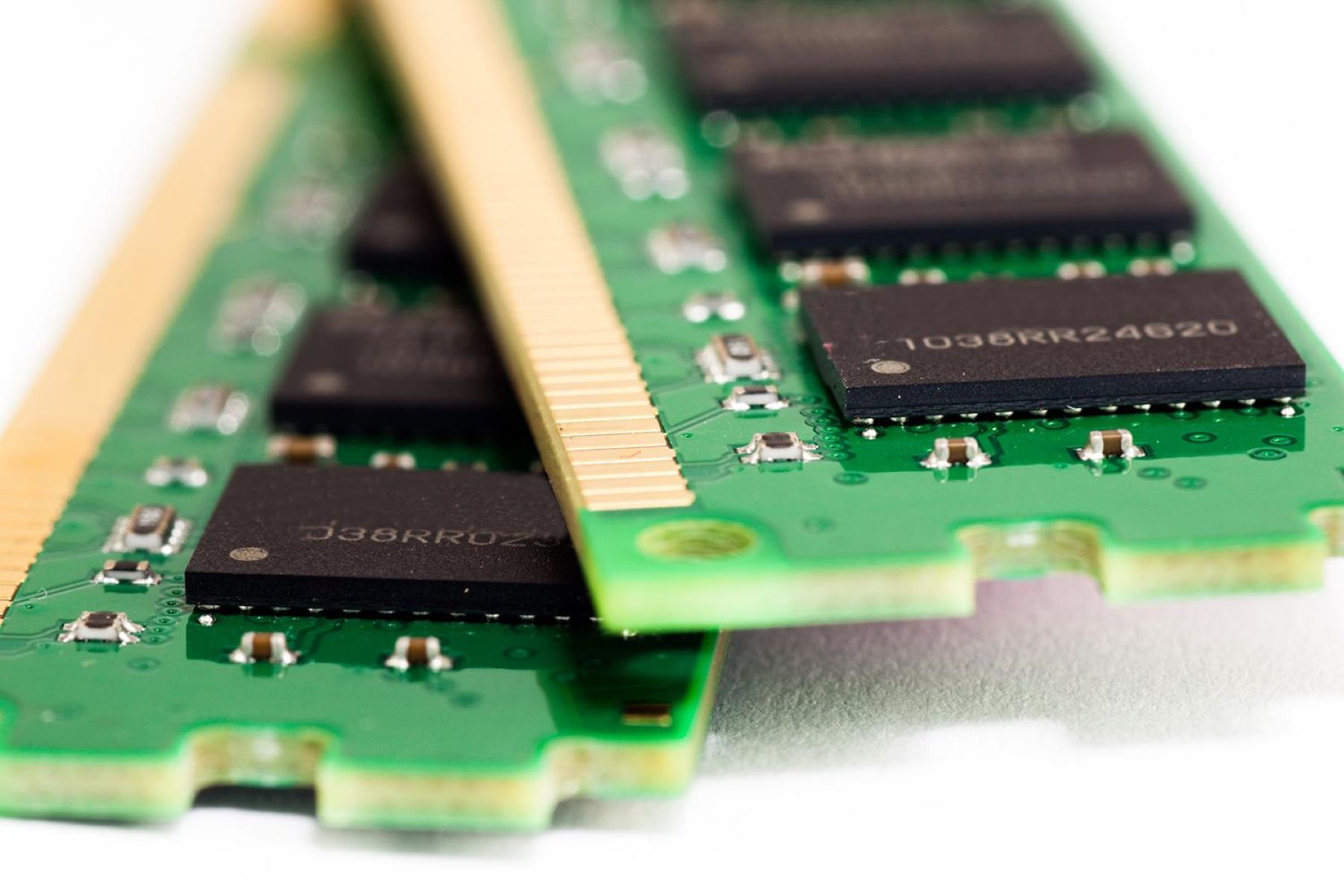What is RAM?
RAM, or Random Access Memory, is a vital component of a computer’s hardware. It acts as a temporary storage space for data that the processor needs to access quickly. Think of RAM as the computer’s working memory, where it stores information that is actively being used by programs and operations.
RAM allows your computer to run multiple programs simultaneously and perform tasks efficiently. It holds the data that is needed by the operating system, applications, and files that are currently open on your computer. When you open a program or file, it gets loaded into the RAM so that the processor can quickly access and manipulate the data.
RAM also plays a crucial role in the overall performance of your computer. The more RAM your computer has, the more data it can store and retrieve quickly, leading to smoother multitasking and faster program execution. Insufficient RAM can result in slow performance, lagging, and frequent freezes, especially when dealing with resource-intensive applications or working with large files.
RAM is classified into different types based on its speed, capacity, and physical characteristics. Some common types of RAM include DDR4, DDR3, DDR2, and DDR. These types differ in terms of their maximum transfer rates, voltage requirements, and physical form factors. It is essential to know the type of RAM installed on your computer to ensure compatibility when upgrading or replacing memory modules.
As technology advances, newer and faster RAM types are introduced in the market to keep up with the growing demands of modern applications. Keeping track of the RAM type in your computer is crucial for troubleshooting, upgrading, and optimizing your system’s performance.
Why do you need to check your PC RAM type?
Knowing the specific type of RAM installed in your computer is essential for several reasons. Here’s why you should take the time to check your PC RAM type:
1. Compatibility: When upgrading or replacing RAM modules, it is crucial to ensure compatibility with your current system. Different types of RAM have varying physical and technical specifications, such as pin configurations, voltage requirements, and data transfer rates. By knowing your PC RAM type, you can make informed decisions and avoid purchasing incompatible memory modules.
2. Performance optimization: Understanding your RAM type enables you to identify the maximum supported capacity and speed of your system’s memory. This information can help you determine if your current RAM configuration is sufficient for running resource-intensive applications or if an upgrade is necessary. Upgrading to a higher-capacity or faster RAM type can significantly enhance your computer’s performance, reducing lag and improving multitasking capabilities.
3. Troubleshooting: In case you encounter performance issues, system crashes, or errors, knowing your PC RAM type can be beneficial for troubleshooting purposes. Some software or hardware compatibility issues might arise due to inconsistencies between the operating system, applications, and the RAM type. By identifying the RAM type, you can research and address any known compatibility issues, ensuring smoother system operation.
4. Future-proofing: Keeping track of your PC RAM type allows you to stay updated with the latest advancements in memory technology. As newer and faster RAM types become available, you can plan for future upgrades or enhancements to ensure your system remains capable of handling upcoming software and applications. By keeping an eye on RAM advancements, you can future-proof your computer and extend its lifespan.
5. Information gathering: Knowing your PC RAM type is valuable for general knowledge and understanding of your computer’s hardware. It allows you to have a comprehensive overview of your system specifications, which can come in handy when discussing or troubleshooting technical issues with professionals or when looking for specific software or hardware recommendations.
Taking the time to check your PC RAM type provides valuable information for optimizing performance, troubleshooting issues, and future-proofing your computer. It is a simple yet essential step in understanding and maintaining your system’s memory capabilities.
Method 1: Check through Task Manager
One of the easiest ways to check your PC RAM type is through the Task Manager. The Task Manager is a built-in utility in Windows that provides information about various system resources, including RAM. Here’s how you can check your PC RAM type using Task Manager:
- Open the Task Manager by pressing Ctrl + Shift + Esc on your keyboard or by right-clicking on the taskbar and selecting “Task Manager” from the menu.
- In the Task Manager window, click on the “Performance” tab at the top.
- Select “Memory” from the list on the left side of the window. This will display the details of your computer’s RAM.
- Under the “Memory” section, you will see information about the total amount of RAM installed in your computer, as well as the RAM type.
- Look for the value next to “Speed”. This will indicate the speed or clock frequency of your RAM.
- Next to the speed value, you may also find the RAM type, such as DDR4 or DDR3.
It’s important to note that the Task Manager may provide limited information about your RAM. While it typically displays the RAM speed and type, it might not provide detailed specifications such as the manufacturer’s name or the exact model number. For more precise information, you can use other methods mentioned in this article.
By checking through Task Manager, you can quickly gather basic details about your PC RAM type. This method is most suitable for users who want a quick overview of their RAM without diving into advanced system tools or physical examination of the hardware.
Method 2: Check using the System Information tool
The System Information tool is a built-in utility in Windows that provides detailed information about your computer’s hardware and software. It offers a comprehensive overview of the system specifications, including the RAM type. Here’s how you can check your PC RAM type using the System Information tool:
- Press the Windows key + R on your keyboard to open the Run dialog box.
- Type “msinfo32” in the Run dialog box and press Enter or click “OK”. This will open the System Information window.
- In the System Information window, navigate to the “System Summary” section in the left panel.
- Scroll through the list of hardware information until you find “Physical Memory” or “Installed Physical Memory.”
- Under the “Physical Memory” section, look for the “Type” column. This will indicate your PC RAM type, such as DDR4 or DDR3.
The System Information tool provides more detailed information about your PC RAM type compared to the Task Manager. It not only displays the RAM type but also provides additional details such as the manufacturer’s name, capacity, and speed. This makes it a reliable method for obtaining accurate and comprehensive information about your computer’s RAM.
Remember that the System Information tool can also provide information about other system components, such as the processor, motherboard, and graphics card. It is a valuable utility for troubleshooting, hardware upgrades, and overall system knowledge.
By using the System Information tool, you can easily access detailed information about your PC RAM type without the need for external software or physical inspection of the hardware.
Method 3: Check using Command Prompt
Command Prompt is a powerful command-line tool in Windows that allows you to execute various commands and access system information. You can also use Command Prompt to check your PC RAM type. Here’s how:
- Open the Command Prompt by pressing the Windows key + R on your keyboard to open the Run dialog box.
- Type “cmd” in the Run dialog box and press Enter or click “OK”. This will open the Command Prompt window.
- In the Command Prompt window, type the following command and press Enter: wmic memorychip get devicelocator, manufacturer, partnumber, speed.
- Wait for the command to execute. It will display detailed information about your computer’s RAM, including the device locator, manufacturer, part number, and speed.
- Look for the “Manufacturer” and “PartNumber” columns to determine the RAM type. Common RAM types include DDR4, DDR3, and DDR2.
Using Command Prompt provides a more technical and detailed view of your PC RAM type. It displays not only the RAM type but also additional information such as the manufacturer and part number. This can be helpful when seeking specific details about your computer’s memory.
Remember that Command Prompt requires typing commands accurately, and the output may be more technical for non-technical users. However, it is a reliable method for obtaining in-depth information about your PC RAM type.
By using Command Prompt, you can access detailed information about your PC RAM type without relying on external utilities or graphical user interfaces.
Method 4: Check by physically examining the RAM sticks
Another way to determine your PC RAM type is by physically examining the RAM sticks installed in your computer. This method allows you to gather accurate information directly from the hardware. Here’s how you can check your PC RAM type by physically examining the RAM sticks:
- Shut down your computer and unplug the power cable.
- Open your computer case to access the internal components. The process may vary depending on the computer model, but typically involves removing screws or releasing latches.
- Locate the RAM modules installed on the motherboard. They are typically long, rectangular sticks plugged into RAM slots.
- Remove one of the RAM modules by gently pulling apart the retaining clips on each end of the module.
- Inspect the label or sticker on the RAM module. It should display information about the RAM type, such as DDR4 or DDR3. Note the information.
- If you have multiple RAM modules, repeat the process for each module to ensure consistency.
- Once you have recorded the RAM type, reinsert the RAM modules into their respective slots and close the computer case.
Physically examining the RAM sticks provides the most accurate information about their type. By directly inspecting the physical components, you can ensure that the information obtained is reliable and up to date.
While this method requires accessing the internal components of your computer, it can be the most precise and useful approach in determining the exact RAM type. It allows you to verify the information obtained from other methods and provides a hands-on understanding of your computer’s hardware configuration.
By physically examining the RAM sticks, you can gather accurate information about your PC RAM type and ensure compatibility when upgrading or replacing memory modules.
Which method should you use?
Choosing the most suitable method for checking your PC RAM type depends on your preferences and the level of detail you require. Here’s a summary of the different methods discussed:
1. Task Manager: This method is quick and convenient, providing basic information about your PC RAM type. It is ideal for users who want a simple overview without delving into technical details.
2. System Information tool: Using the System Information tool offers more comprehensive information about your PC RAM type, including the manufacturer and capacity. It is a reliable choice for users seeking detailed specifications.
3. Command Prompt: Command Prompt provides a technical and detailed view of your PC RAM type, including the manufacturer and part number. This method is suitable for users who are comfortable with typing commands and want in-depth information.
4. Physical examination: Physically examining the RAM sticks allows you to gather accurate information directly from the hardware. This method is precise and useful for verifying information obtained from other methods or for users who prefer a hands-on approach.
The choice of method ultimately depends on your technical expertise, time availability, and specific requirements. If you need quick and basic information, Task Manager or System Information tool are convenient options. For detailed or technical specifications, using Command Prompt or physically examining the RAM sticks is recommended.
Alternatively, you can also combine multiple methods for a more comprehensive understanding of your PC RAM type. For example, you can start with Task Manager or System Information tool for a quick overview and then verify the information by physically examining the RAM sticks.
Consider your comfort level with each method, the level of detail you require, and the time you can invest when deciding which method to use for checking your PC RAM type.
Conclusion
Knowing your PC RAM type is essential for various reasons, including compatibility, performance optimization, troubleshooting, and future-proofing your system. By understanding the type of RAM installed in your computer, you can make informed decisions when upgrading or replacing memory modules.
In this article, we discussed four methods for checking your PC RAM type: through Task Manager, the System Information tool, Command Prompt, and by physically examining the RAM sticks. Each method offers unique advantages, ranging from convenience and quick access to detailed and precise information.
If you prefer a quick overview, Task Manager is a convenient option. The System Information tool provides a comprehensive view of your PC RAM type and other system specifications. Command Prompt allows for technical details and provides in-depth information about the RAM type. Lastly, physically examining the RAM sticks ensures accuracy and hands-on knowledge of your computer’s hardware configuration.
Consider your technical expertise, time availability, and specific requirements when choosing the most appropriate method for checking your PC RAM type. You can also combine multiple methods for a more comprehensive understanding.
With the knowledge of your PC RAM type, you can ensure compatibility when upgrading or replacing memory, optimize performance, troubleshoot issues, and stay informed about the latest advancements in memory technology. Take the time to check your PC RAM type and harness the benefits of a well-informed system configuration.









